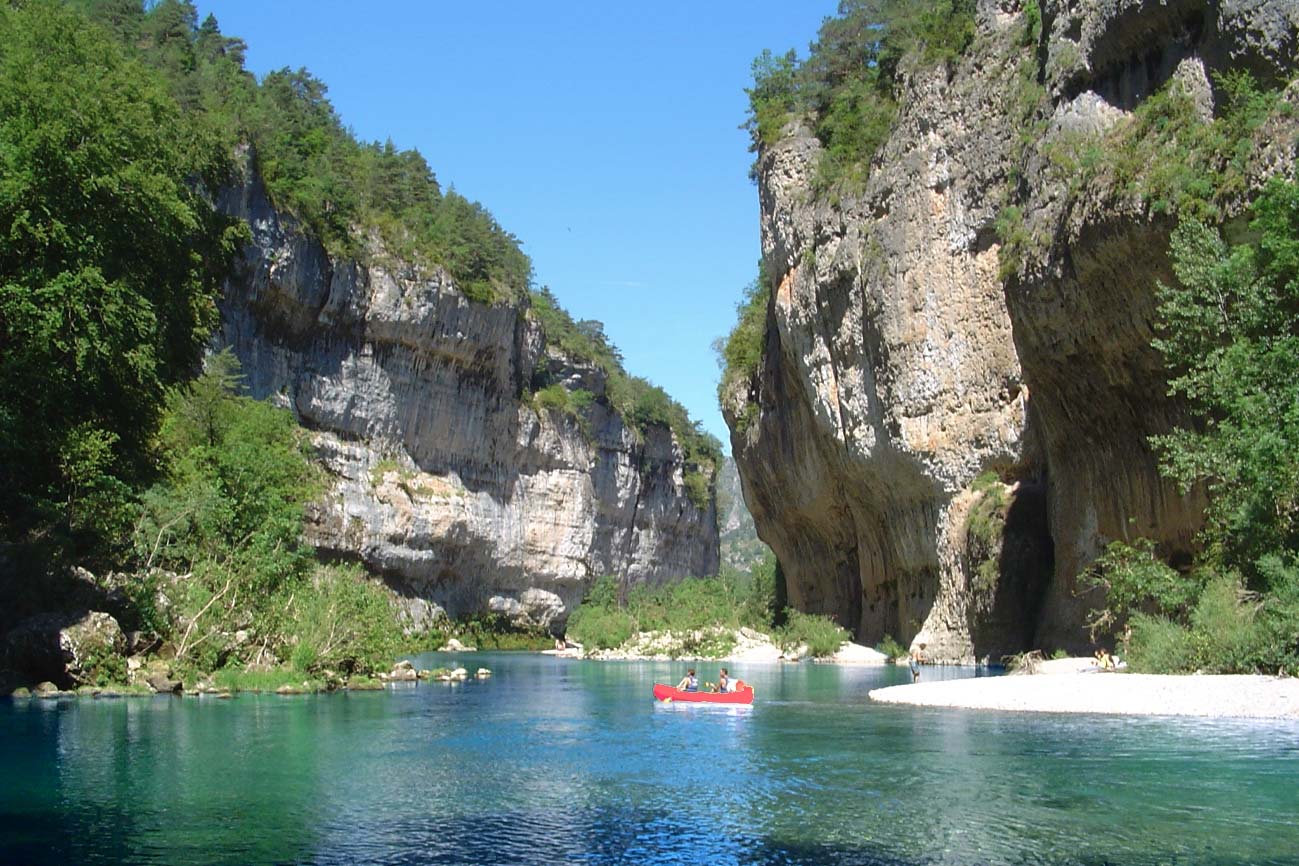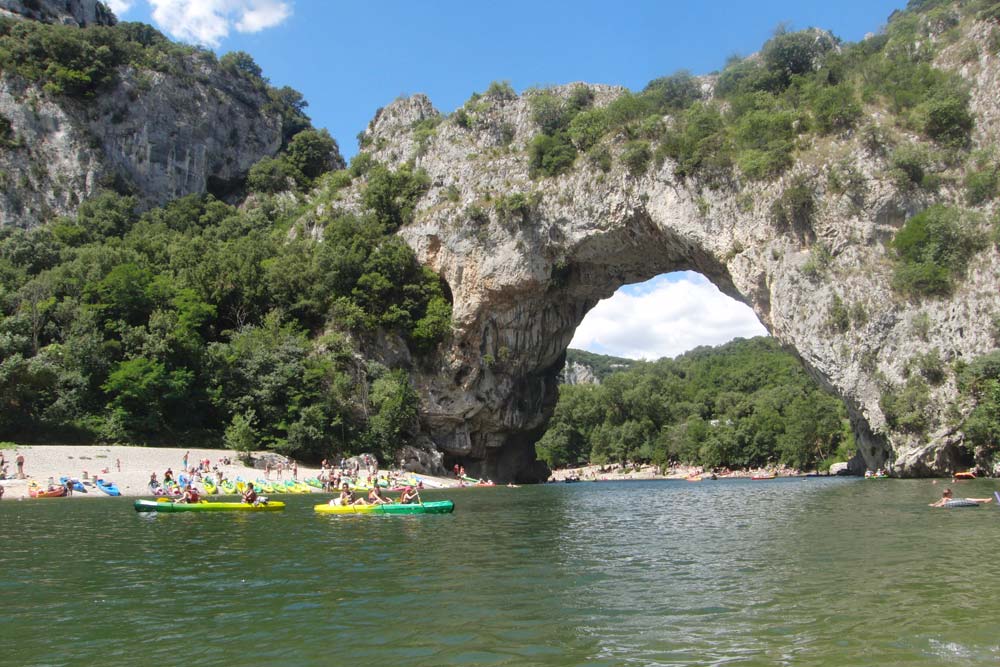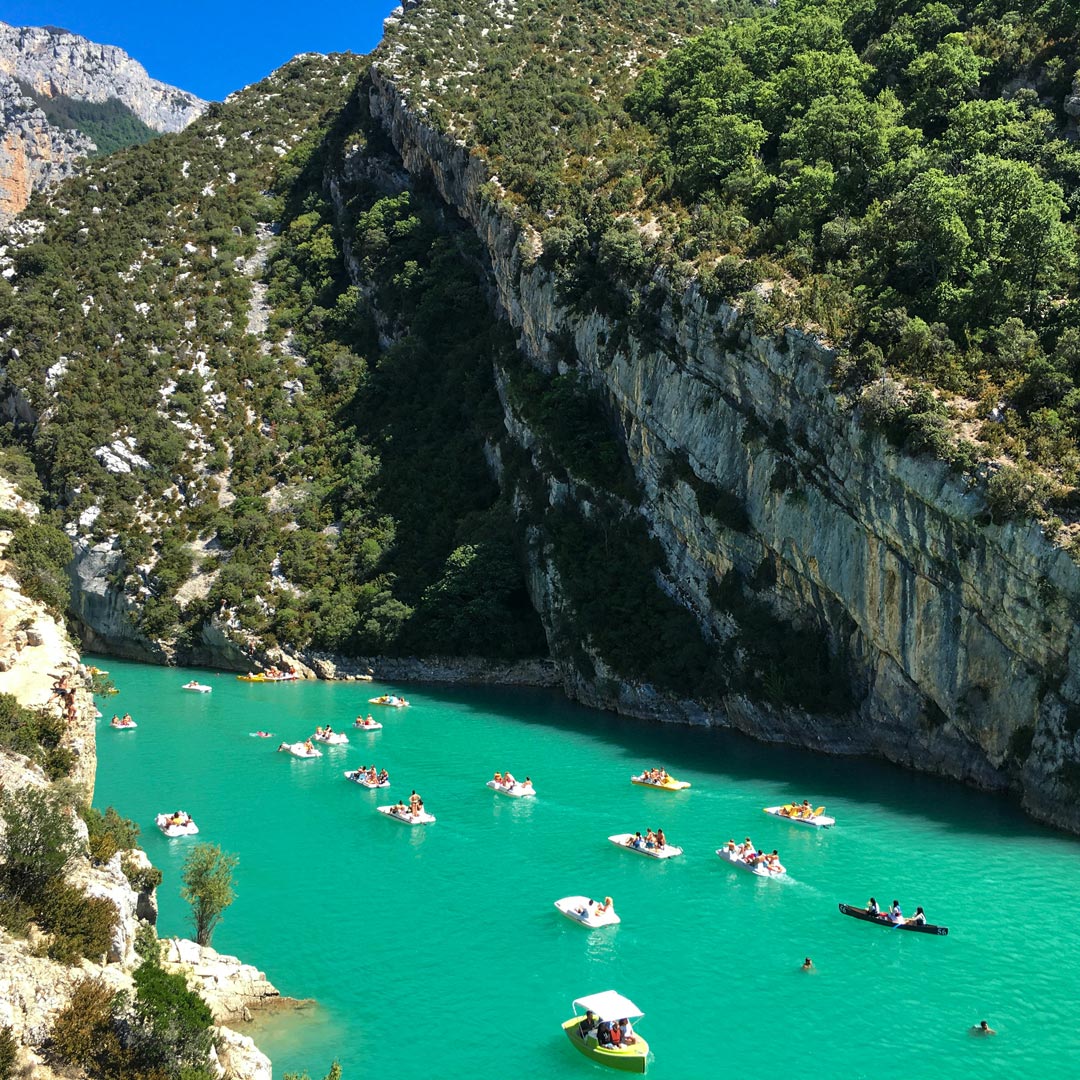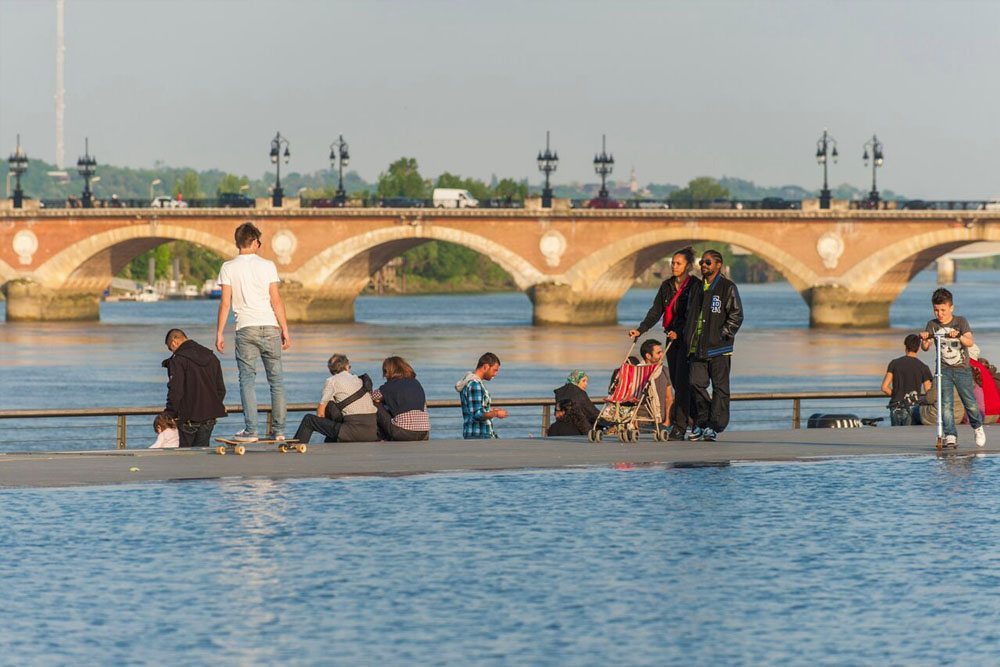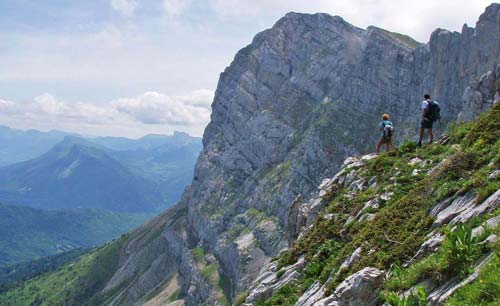Cévennes National Park – An Active Holiday Guide
The Cévennes is one France’s wildest and least populated regions. Think remote hilltop villages, fast flowing crystal clear rivers, limestone escarpments and a huge network of dry trails. For outdoor sports enthusiasts keen on hiking, biking, canoeing, climbing or even paragliding, the Cévennes is hard to beat.
HOLIDAYS | ACTIVITIES | ACCOMMODATION | GALLERY
This is rural, unspoilt France at its best and the Cevennes National Park is a paradise for adventure lovers, thrill-seekers and nature enthusiasts. A visit allows you to experience the impressive diversity of the park – the northern area being more mountainous and the southern sector being more Mediterranean in nature.
With its picturesque villages, dusty trails and rivers and rock faces, the Cévennes really is a top destination for an active holiday. Bonnes vacances!
Cévennes National Park Map
The Cevennes National Park is located in Southern France amongst the Auvergne, Languedoc-Roussillon and Rhone Alpes regions. Mountains and valleys peak and trough throughout the park, some areas are wide-open rocky outcrops and other parts are overflowing with lush foliage. The diverse park comprises four main areas – Mont Lozère, Mont Aigoual, Les Vallées Cévenoles and the Causse Méjean.
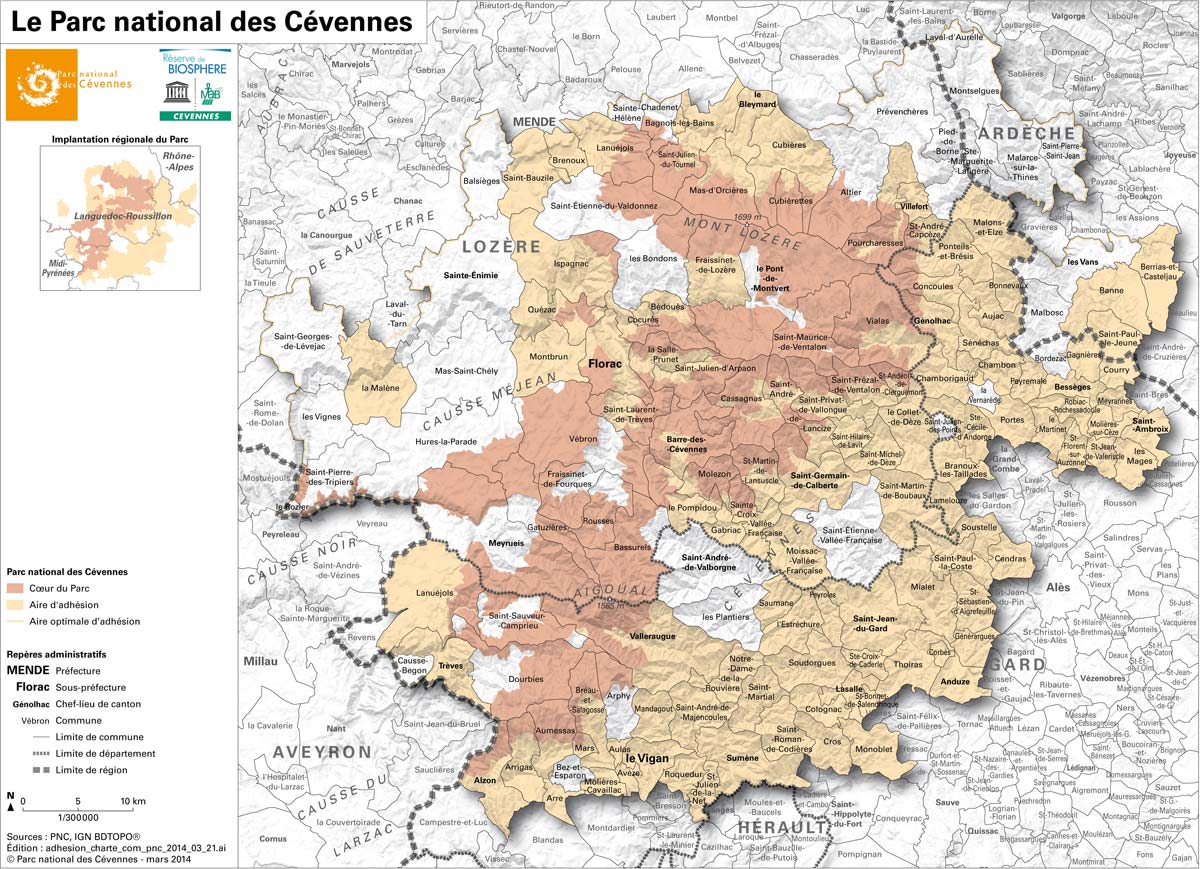
Several rivers have carved deep gorges through the terrain and ancient villages overlook the rocky, forested landscape. The town of Florac, where you’ll find the Maison du Park information centre is a good base for exploration. As is Saint-Jean du Gard with its many campsites and activity providers.
Getting to the Cévennes National Park
High speed rail lines run straight into nearby Nimes and Montpelier. There you can hire a car or arrange local transport into the Cevennes National Park. Local transport timetables should be checked with the tourist office as times are subject to change throughout the year. Hiring your own car is definitely recommended as the drive in is beautiful with plenty of jaw-dropping sites to marvel at along the way.
When is the best time to visit?
Spring and summer in the park produce a vivid show of over 1700 flowering plants like Lady’s Slipper orchids, lilies and wild daffodils and can be a fantastic time to hike the area. If you’re a kayaker, early spring and late autumn are best as that’s when the rivers are running at their highest and there’s the most fun to be had. In July and August, the heat of the Cévennes valleys can be too much for some people when hiking, biking and climbing, but can make perfect conditions for people wanting a lazy canoe ride down the rivers. Summer is ideal as well for paragliders looking for evening thermals. The slightly cooler months of May and September are the most popular months for the serious adventurer.
Active Holidays in the Cévennes National Park
We’ve teamed up with the best active holiday companies to help you organise an unforgettable trip to the Cévennes:
[sabai-directory-listings address=”Florac” distance=50 featured_only=1 hide_nav=1 hide_pager=1]
Cévennes Activities
What better way to discover the spectacular Cévennes National Park than through outdoor activities? For the best experience, hook up with a local guide who love to share their passion and show you the best of this UNESCO heritage site. Canoeing, kayaking, canyoning, rock climbing, mountain biking, hiking, snowshoeing, whatever you’re into you can do it in the Cévennes!
Hiking
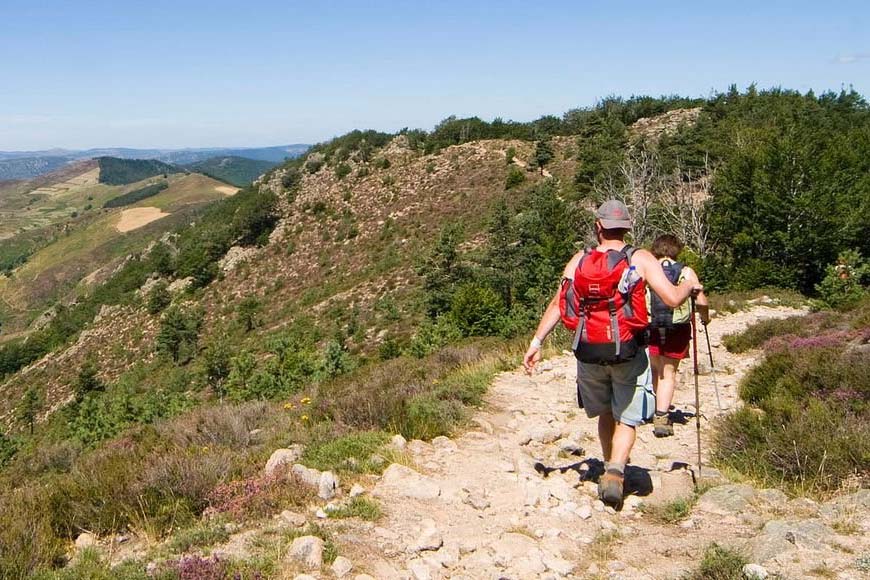
Hiking in the Cévennes National Park | © cevennes-parcnational.fr – Alain Lagrave
Covering an area of around 3000 square kilometres, the Cévennes National Park has thousands of miles of wild, winding walking trails for the avid hiker to enjoy. Picturesque hamlets dot the way, alongside old churches, craggy limestone outcrops and vast rolling countryside.
Experienced walkers can take on the GR67, a 130 kilometre ‘Tour of the Cévennes’. It can be completed in around six or seven days, depending on how much walking you want to do each day. One of the best known routes in the park is the one followed by Robert Luis Stevenson in his ‘Travels with a Donkey’. The author walked the trail in 11 days writing about his experiences. Now called the G70 or RLS trail, you start the trek near Le Puy-en-Velay in the Auvergne and follow a winding route towards the more mountainous Cévennes to the east.
Canoeing & Kayaking
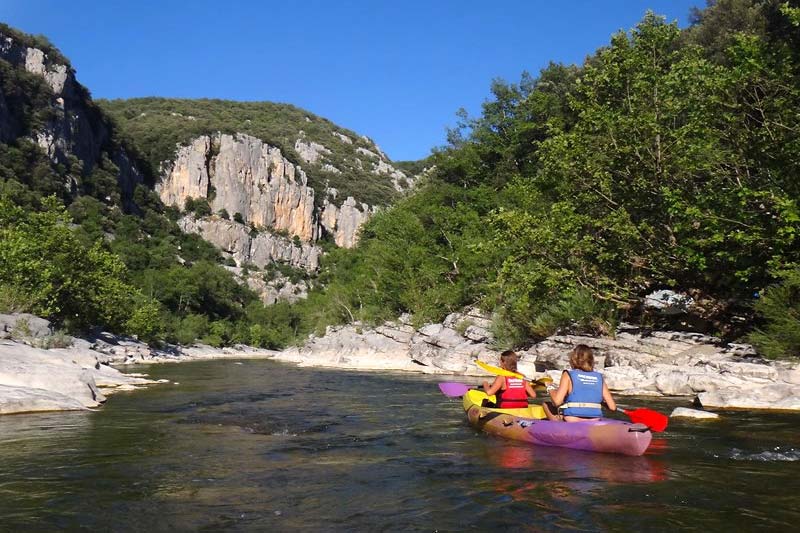
Canoeing in the Cévennes National Park | © camping-cevennes.info
Whether you want to shoot raging rapids or cruise lazily along enjoying the scenery, the rivers of the Cévennes have something for everybody. Itineraries start from 3 km going up to 12 km including around 3 hours paddling time and 4-6 hours overall with stops. Tough cookies can take on a 17 km extreme day on the river; where you could be in the water for up to 6 hours! On popular sections of river, there are plenty of places to relax and eat along your descent.
If you’re an experienced whitewater kayaker, head to the Ardèche River in the spring when the water levels are at their highest.
Lazy river lovers should canoe the Ardèche on a hot summer’s day and enjoy a slow descent with stops for swimming and scenery appreciating.
The exciting stretch of the Tarn can be wild out of season, but has excellent canoeing conditions in the summer months and the famous viaduct at Millau is extra impressive when viewed from the river.
Mountain Biking
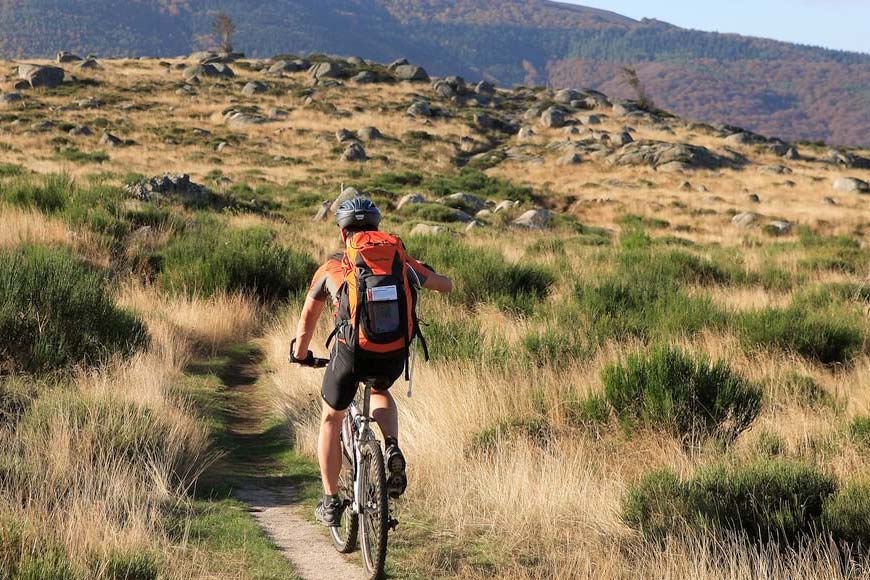
Mountain biking in the Cévennes National Park| cevennes-gorges-du-tarn.com
Mountain bikers are spoilt for choice in the Cévennes with hundreds of kilometres of waymarked trails to ride. You’ll find steep, rocky and technical tracks and fast, flowy traverses. A day’s riding will usually involve a bit of both, plus some forest, some wide open terrain and some loose stoney tracks thrown in for good measure.
For XC riders, the Laissagais area between the Grands Causses and the Gorges du Tarn offers 300 km of FFC waymarked trails. Between the high plateaux and the forested valleys there’s some fantastic riding for all levels. Ask at the Laissac tourist office for route maps and info.
Around Florac there are 5 mountain biking start points each with 3 or 4 waymarked loops for different abilities. Highlights include the Le tour du Briançon, a 24 km loop graded red and La Corniche des Cévennes, a 31 km black loop with 1230 m of vertical ascent.
Enduro is also big in the Cévennes. Try out a 4-day enduro mountain biking holiday which will have you riding 35-50 km each day. Day 1 will start you at the top of the Causse Mejan, riding between Gorges de la Jonte and Gorges de la Dourbie. Day 2 will be riding the open, wild singletrack of the Larzac. Day 3 is a challenging ride in the Gorges de la Dourbie but your efforts are rewarded with a refreshing swim at the end. On day 4 you can choose your ride for the day depending on the energy you have left.
In July and August, there’s an uplift service that takes you to the top of Mont-Lozère for some epic rides to the source of the river Tarn. Grab the timetable at the tourist office in Bédoues.
Rock Climbing
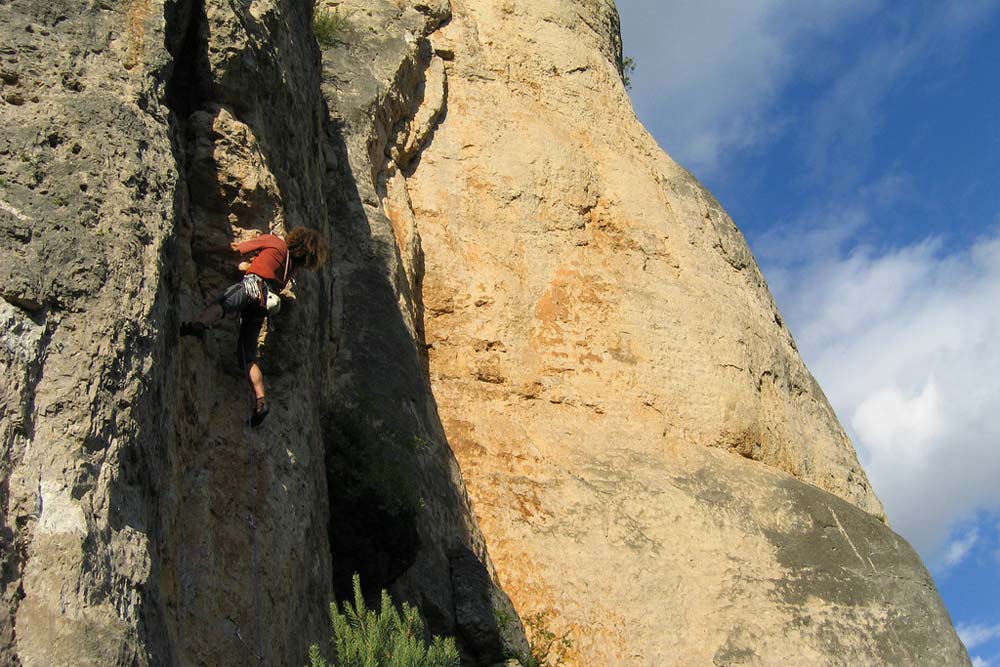
Rock climbing at Le Rozier in the Cévennes | © Flickr – Andreina Schoeberlein
With its mix of pocketed limestone escarpments and granite pinnacles, the Cévennes has a huge amount of climbing for beginners through to experts.
Head to the Gorges du Chassezac where the granite crags harbour over 100 routes, many overhanging, from grades 3a to 8a.
The Gorges de la Jonte is a real Cévennes climbing Mecca with a mix single-pitch and multi-pitch routes. La Jonte was put firmly on the map during the 2009 Petzl Rock Trip when some of the world’s best climbers including Chris Sharma and Martina Cufar completed a 90 m, 8b climb that became known as Infinity Lane.
La Jonte now hosts the annual Natural Games climbing event. With more than 300 routes from 4c to 8c it’s a great place to push your climbing ability. Find La Jonte just north of the D996 and you can walk from Le Rozier Peyreleau. A number of paths lead up from the road but parking can be tricky at peak season.
Canyoning
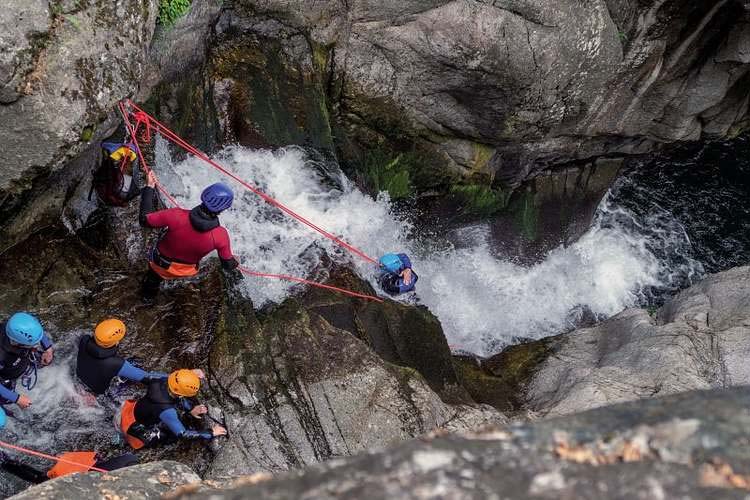
Canyoning in the Gorges du Tapoul | © cevennes-parcnational.fr – Yannick Manche
A day out canyoning will have you using techniques borrowed from climbing, caving, hiking and white water kayaking. Routes can be found for all levels in the Cévennes with plenty of natural water slides, jumps, abseils and swims to get the heart pumping. Challenge yourself with the high jumps at Tapoul Gorge or take in the beautiful landscapes of the canyons of Caroux. Canyoning experiences can be booked for anything from 2 hours to whole day experiences. Book yourself in with one of the many canyoning tour companies in the area for a thrilling day out you won’t forget in a hurry.
Via Ferrata
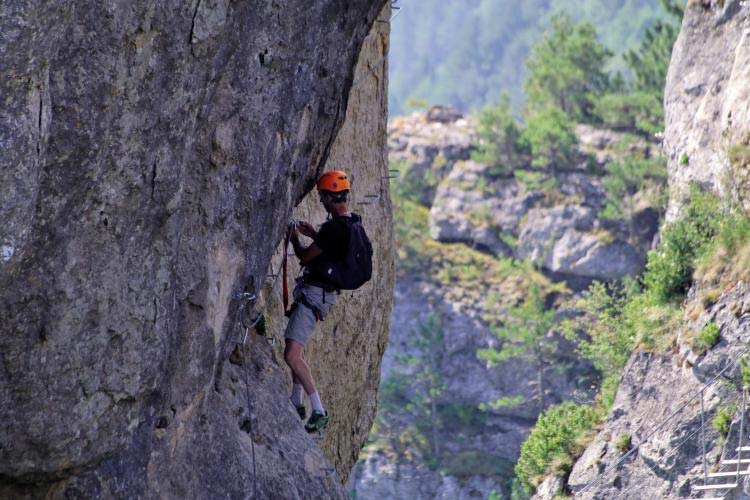
Via ferrata de Florac | © cevennes-parcnational.fr – Yannick Manche
Climb and sweat your way through a maze of steel cables, ladders and challenging bridges in the Via Ferrata courses of the Cevennes. Choose from these 5 courses; Via Ferrata from Rochefort to Floret (the most aerial and physical) – Climb for 3-4 hours over monkey bridges, foot bridges, a Nepali bridge and optional 50m Tyrolean, all while enjoying views over the Valley of Florac.
The Via Ferrata de Rousses (short and moderately technical) – Perfectly adapted for families, you can choose from 2 routes; the easy route going up about 10 m and passing over a cliff or the second following the Gorges and climbing slightly up a cliff.
Via Ferrata of Roqueprin (exceptional views and 2 courses – easy and difficult) – This dizzying Via Ferrata overlooks the stunning village of La Canourgue at 800m above sea level. The difficult route is less equipped to give the more experienced climber more of a challenge. Enjoy an optional zip line, an 11m vertical net and a 5 sign Nepalese bridge.
The Via Ferrata of the Rock from Moise to Mende (2 courses of varying difficulties) – Decide on an easy horizontal route or a challenging vertical route, both which reach the famous Tyrolean at 35m. At the top stroll along a monkey bridge, a Nepalese bridge and intertwining walls while enjoying panoramic views of the Lozere.
The Via Ferrata of the Gorges Gates in Liaucous (difficult and athletic) – Offering 2 courses; one which is very difficult and the other slightly difficult, the Via Ferrata of Liaucous is for the person who likes a challenge. Around 1000m in length and with a 230m vertical drop you can enjoy magnificent views over the area. After challenging your skills to the max, reward yourself with a chill out at the top admiring the Causse Sauveterre.
Paragliding
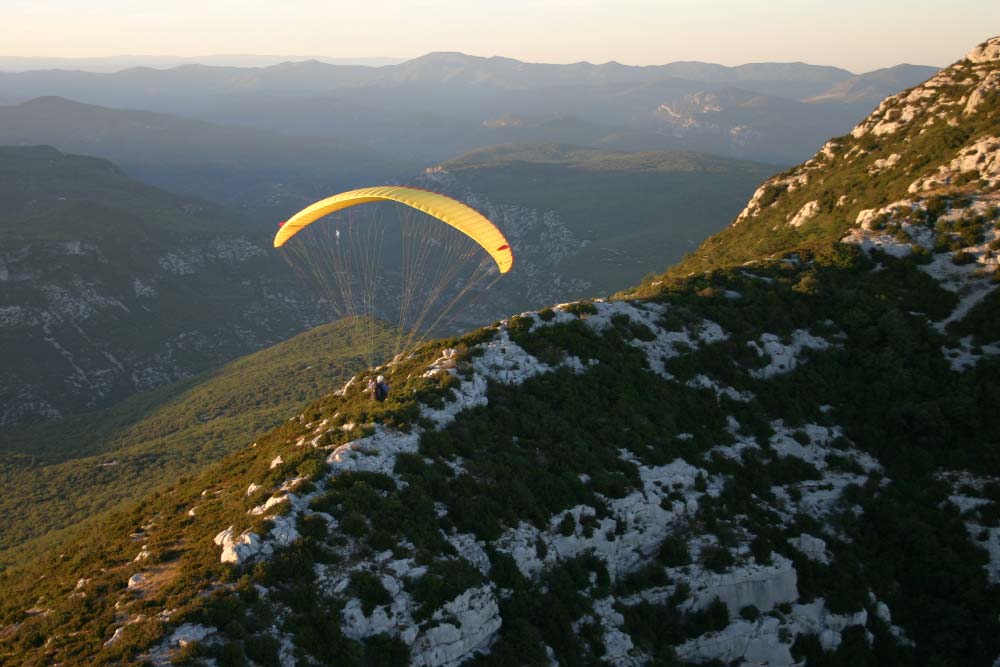
Evening paragliding at La Séranne in the Cévennes NP | © Parapente 34
The best paragliding in the Cévennes National Park is in La Sérrane. For access to the 4 take-off zones, take the La Sérrane trail from the old village of Cazilhac. The track is stony but accessible with any vehicle. Transport can be arranged if needed with a local tour group. You can ask for directions in the Cévennes Méditerranée tourist office in Ganges.
If you need a little help, take a trip to the paragliding school ‘Fly Millau Parpente’. Here you can enjoy expert instruction and tandem flights with an experienced instructor while building up your skills to finally go-it alone!
Accommodation
Here’s a few recommendations for places to stay in the Cévennes. Florac, Saint Jean du Gard and Millau are all ideally located with easy access to the national park.
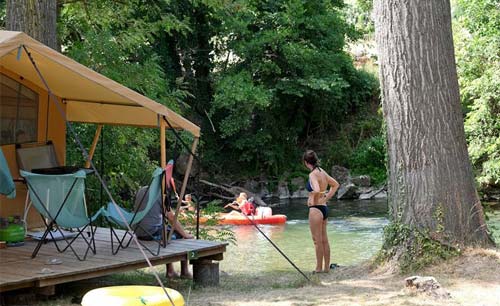
Camping Huttopia
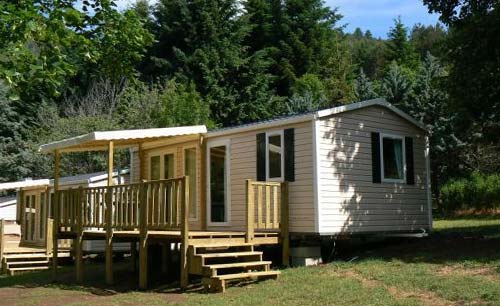
Camping Chantemerle
The Cévennes National Park is an adventure sports enthusiast’s dream destination with activities to challenge, engage and enthrall. Spending time here will clear the mind and get you back at one with nature. Book yourself on a tour group or round up your friends to explore the Cévennes on foot, by bike or hanging by your fingertips – whatever gets your blood pumping. One thing is sure – you’ll never be at a loss for things to do in this jewel of the south of France.
#cevennes Instagram Photos
Please leave a comment below if you need specific advice for your trip to the Cévennes National Park, or if you have any recommendations to help us improve this guide. Happy holidays!


